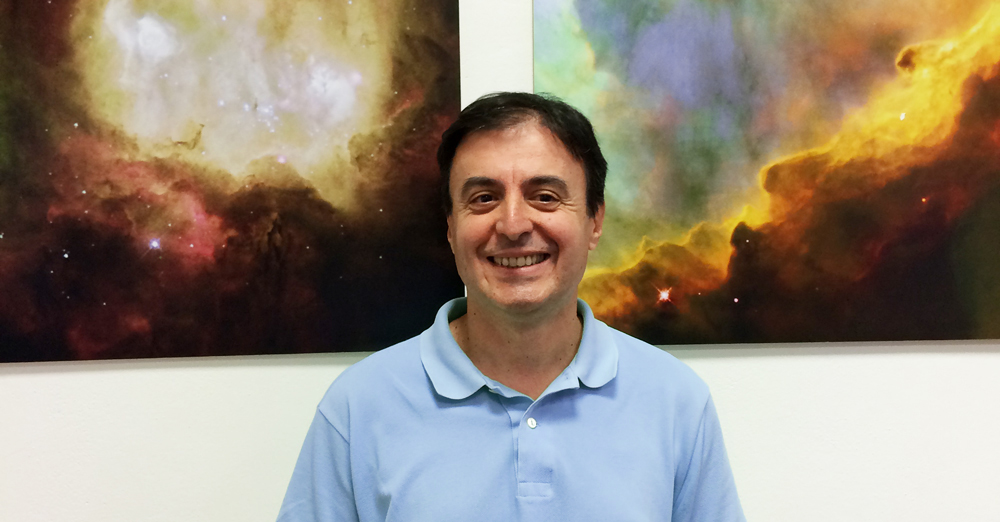
The achievements of the research carried out at INFN are increasingly exploited in areas other than fundamental physics. This is due to the ambitious research objectives of frontier physics experiments. The need to push technologies beyond the limits of existing possibilities often leads to the development of solutions whose high performance can easily be applied inmany sectors. INFN, in particular, is a solid reference at the national and international level for applications related to the development of prototypes and to the creation of today's particle accelerators. Those technologies find application in other research fields and in areas with several and econiomic impact, such as medicine, sensors, electronics, information technology and materials analysis. The INFN National Scientific Commission 5 was established to coordinate technological research and the development of applications of the methods and technologies developed at INFN. We asked Valter Bonvicini, chair of the Commission, to describe the main lines of research and development in which INFN is investing currently and in the foreseeable future.
Which are the main interdisciplinary applications of the techniques and technologies developed at INFN in recent years?
They are many. Developments in the fields of radiation detectors, electronics, accelerators and calculation techniques are in fact extremely important applications in very different scientific fields: in medicine, for example, both from the point of view of diagnostic imaging as well as treatment, in radiobiology, in the cultural heritage sector, in environmental physics, in geology and volcanology and in the space sector.
...
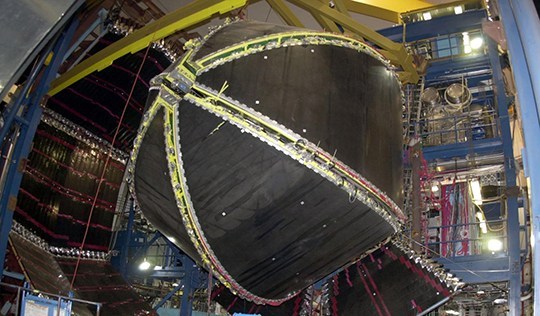
The CLAS experiment at the CEBAF accelerator of the Jefferson Laboratory, in the United States, with the collaboration of INFN researchers, has published on Nature a study on the behaviour of quarks that could unveil a mystery that has lasted 35 years. In 1984 the European Muon Collaboration ...
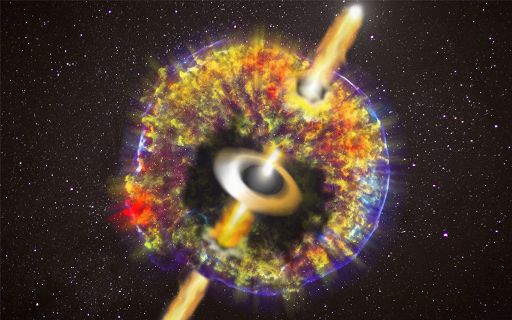
It took thirty-three radio telescopes spread across five continents to measure the dimensions of the astrophysical source GW170817, detected in both gravitational waves and electromagnetic radiation. The result was obtained by researchers from INAF National Institute for Astrophysics, INFN, University ...
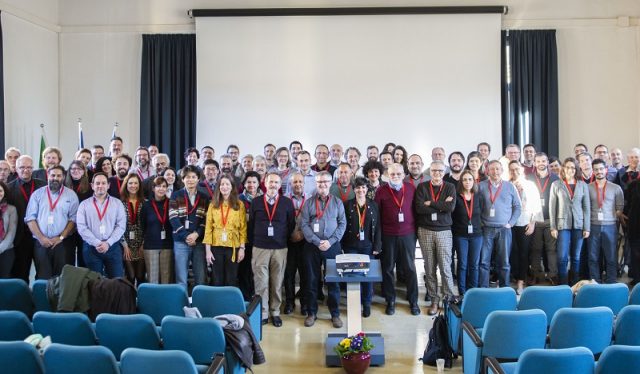
Monuments, sites and archaeological finds, in Europe and other countries, can be reached just with a click. This is the ambitious goal of the ARIADNEPLUS project, which aims to build a platform to integrate data from archaeological investigations, and which sees among its new partners also INFN, ...
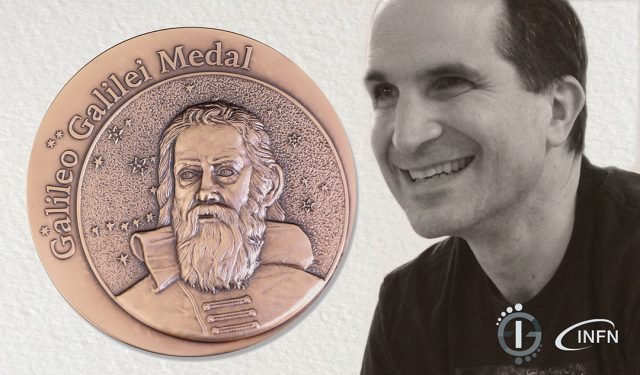
On February 15th, the Argentinian physicist Juan Martín Maldacena, Professor at the Institute for Advanced Study of Princeton, was awarded the Galileo Galilei Medal, an award given by the INFN in collaboration with its Galileo Galilei Institute (GGI) National Centre for Theoretical Physics of Florence ...
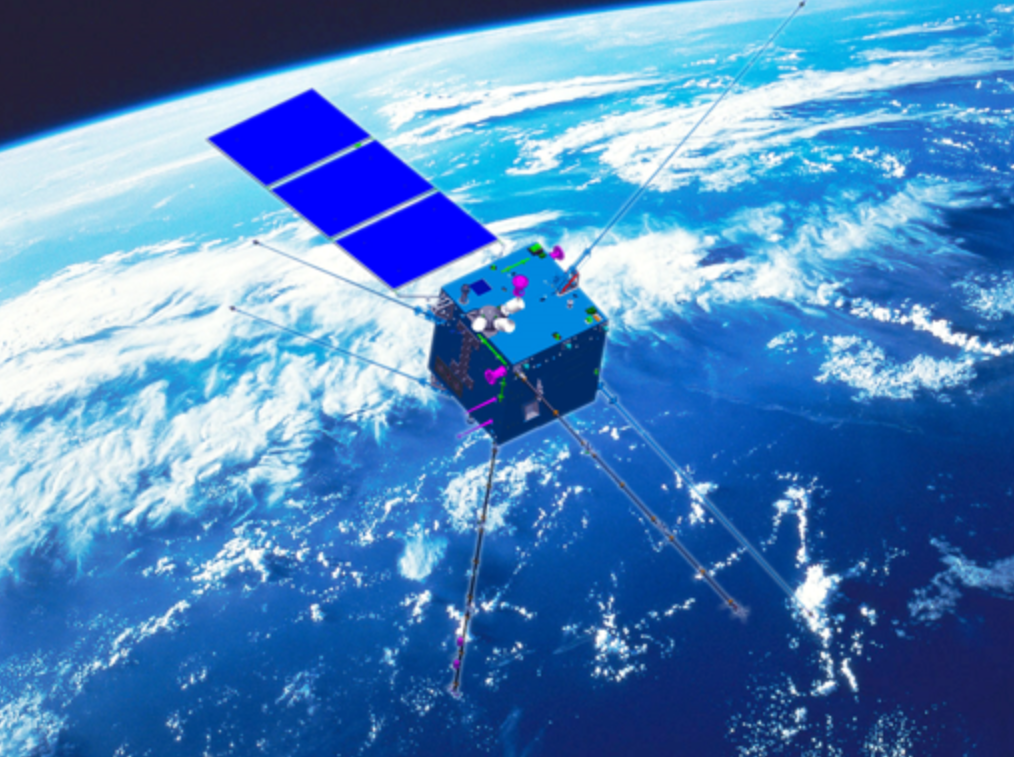 LIMADOU IN SPACE WITH THE CHINESE CSES MISSION
LIMADOU IN SPACE WITH THE CHINESE CSES MISSION
Studying earthquakes and volcanic eruptions from space. This is the challenge of the first great space mission resulting from the Italy-China scientific cooperation that, last year, brought the China Seismo-Electromagnetic Satellite (CSES satellite) into orbit and that was presented in Vienna, this February, during the meeting of the United Nations Committee on Peaceful Uses of Outer Space (COPUOS). Launched a year ago from the Chinese Jiuquan Satellite Launch Centre, in the Gobi Desert, CSES was developed by the Chinese (CNSA) and Italian (ASI) Space Agencies with the aim of developing new methods for the study of geophysical phenomena, such as earthquakes and volcanic eruptions, on a global scale. Indeed, China shares with Italy a high seismic risk that has led the China National Space Administration (CNSA) to invest in the development of frontier technologies for the study of earthquakes. CSES has nine instruments on board, including one made in Italy, the HEPD (High Energy Particle Detector) built by INFN in close collaboration with ASI, within the framework of the "LIMADOU Collaboration", named in honour of Matteo Ricci, mathematician and explorer of China in the sixteenth century (the name comes from the transliteration in Mandarin of his initials). ...
cover image:
The launch of CSES (China Seismo-Electromagnetic Satellite), 07/02/2018.
INFN - COMMUNICATIONS OFFICE
comunicazione@presid.infn.it
+39 06 6868162
Coordination:
Francesca Scianitti
Project and contents:
Eleonora Cossi, Francesca Mazzotta, Francesca Scianitti, Antonella Varaschin
Graphic design:
Francesca Cuicchio
Translation
ALLtrad
ICT service:
Servizio Infrastrutture e Servizi Informatici Nazionali INFN